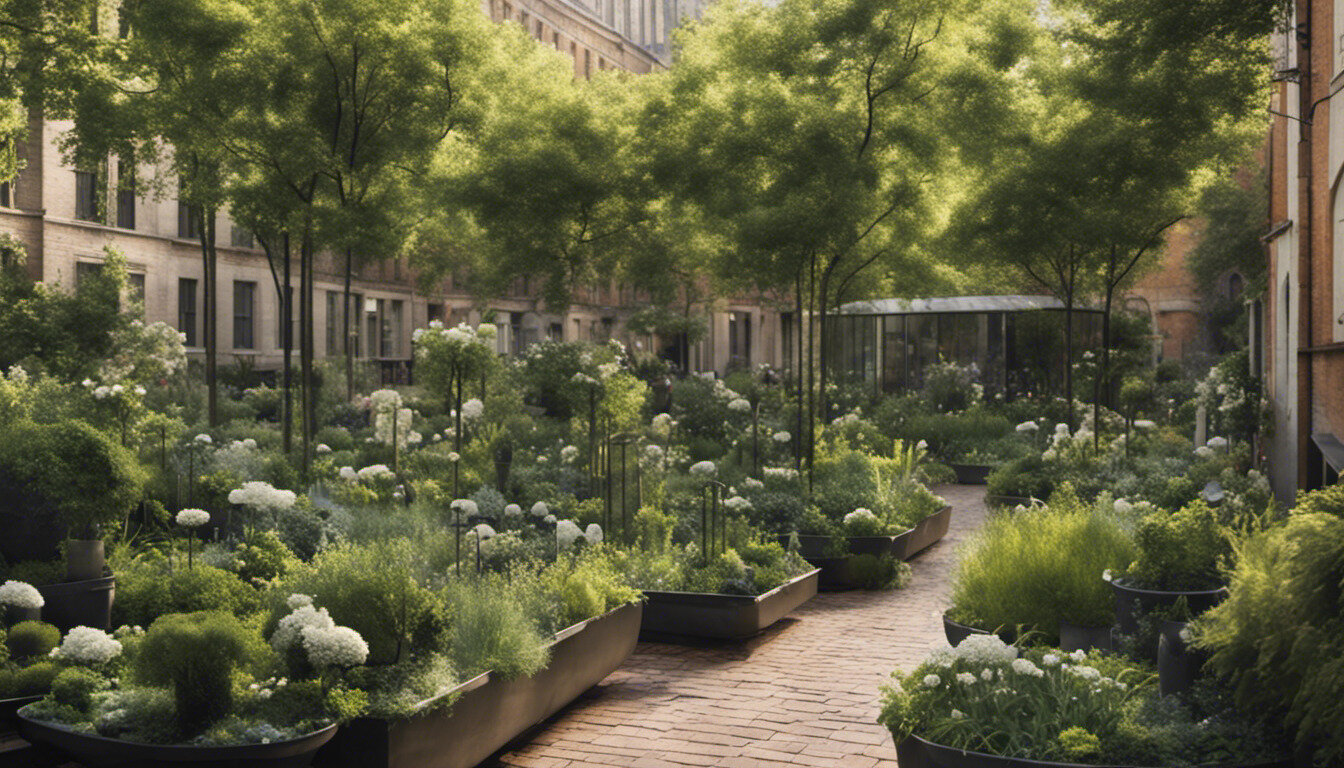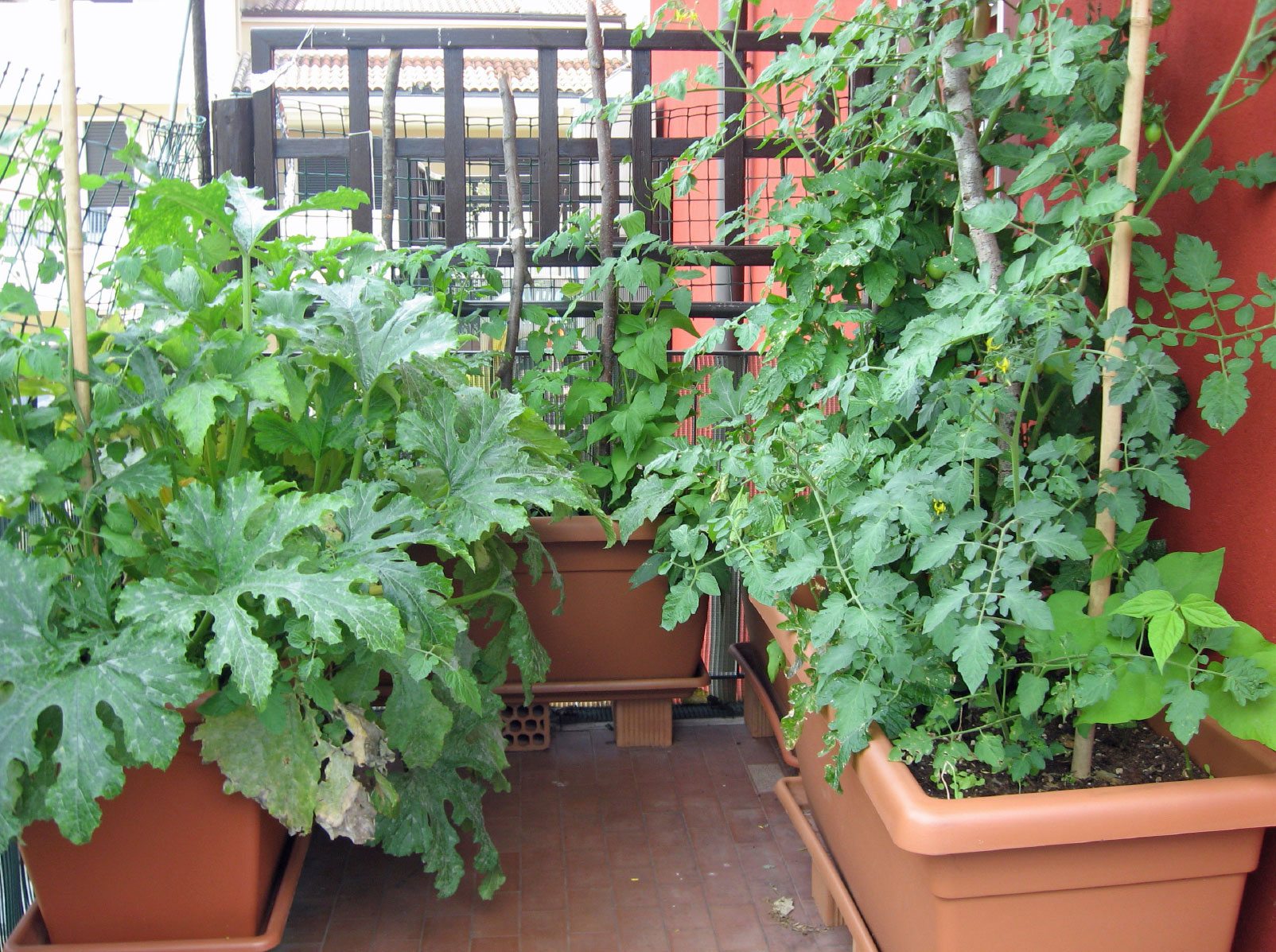The City Blooming PDFs
The City Blooming PDFs
Blog Article
Little Known Facts About City Blooming.
Table of ContentsMore About City BloomingThe Best Guide To City BloomingThe 25-Second Trick For City BloomingThe smart Trick of City Blooming That Nobody is DiscussingCity Blooming Fundamentals Explained
Interested in expanding food for sale in the City of Chicago? Below is a checklist of often asked questions concerning the guidelines and guidelines that growers ought to consider when intending a city agriculture task.
The zoning change does not modify any kind of other codes handling composting, building authorizations, acquiring or leasing City possessed residential property, organization licenses or environmental contamination. There are existing codes that manage these problems and they remain in full impact and might apply to your project. Area gardens are normally owned or handled by public entities, civic companies or community-based organizations and kept by volunteers.
Urban farms expand food that is planned to be marketed, either on a nonprofit or for-profit basis. As a result of their business objective, urban ranches require an organization certificate. Yes. A community yard is allowed to market surplus create that was expanded on site if the sales are accessory or secondary to the yard's main purpose described over.
City Blooming Can Be Fun For Anyone
Composting is allowed but only for plant material that is generated and made use of on website. The quantity of garden compost product can not surpass 25 cubic yards at any type of provided time according to the criteria in 7-28-715 of the City's Municipal Code. Yes. Due to the fact that the dirt at the majority of brand-new garden sites needs amending, garden compost, dirt, wood chips, or other materials can be obtained to build or enhance the growing space - landscaping.

If a building license is required after that the hoophouse will certainly be thought about an accessory building. You can learn more about the structure license requirements by speaking to the Division of Structures. The 25,000-square-foot size restriction is planned to stop a single area yard from dominating a given block or interfering with the block's existing residential or business character.
The restriction does not relate to yards located in Public Open Space (POS) areas. Can there be even more than one neighborhood garden that is 25,000 square feet on a solitary block? Yes. The dimension limit applies to specific yards, not to specific blocks. No. Fence is not called for, nevertheless, gardens that have big car park areas might be required to install secure fencing or other landscaping functions.
3 Easy Facts About City Blooming Shown
B1 & B2 areas call for that all commercial usage tasks be conducted inside. Is secure fencing needed for city farms? Fencings might be called for, along with landscape design and testing, for certain vehicle parking locations and outdoor work or storage areas depending on place and the particular activity taking place.
Urban ranches need structure licenses and zoning approvals prior to building (City gardening). Various other forms of city testimonial might be needed depending on specific structures, tasks, dimension, landscape design, licensing, public health and stormwater monitoring issues.
Yes. The kind of license is figured out by what is occurring at the website. The Division of Company Matters and Consumer Security can help identify the particular sort of organization license that's called for. Yes. Off street vehicle parking is needed for the majority of business jobs in Chicago. The called for variety of garage is based upon the number of employees servicing site and click over here not the square video of the growing room.
Unknown Facts About City Blooming

A metropolitan ranch can sell garden compost product created on site, however, the procedure has to comply with the laws in 7-28-715 of the Chicago Municipal Code. Aquaponic systems are permitted inside on city ranches in numerous zoning districts.
As much as five hives or swarms of honey may be maintained as an accessory usage. However, beekeepers must sign up with the Illinois Department of Farming. For more details regarding the suggested zoning change you may call the Division of Real Estate and Economic Advancement, Bureau of Preparation and Zoning at 312.744.8563.
, which takes area in country locations at the edge of residential areas.
The Of City Blooming
It can involve a movement of organic growers, "foodies" and "locavores", that seek to form socials media established on a shared ethos of nature and area holism. These networks can create by way of official institutional support, ending up being integrated into neighborhood community planning as a "shift community" motion for sustainable metropolitan advancement.
In either situation, the extra direct access to fresh vegetable, fruit, and meat items that might be know through city agriculture can enhance food safety and food security while lowering food miles, bring about lower greenhouse gas discharges, consequently adding to environment modification mitigation. A few of the very first proof of metropolitan farming comes from Mesopotamia.
Report this page